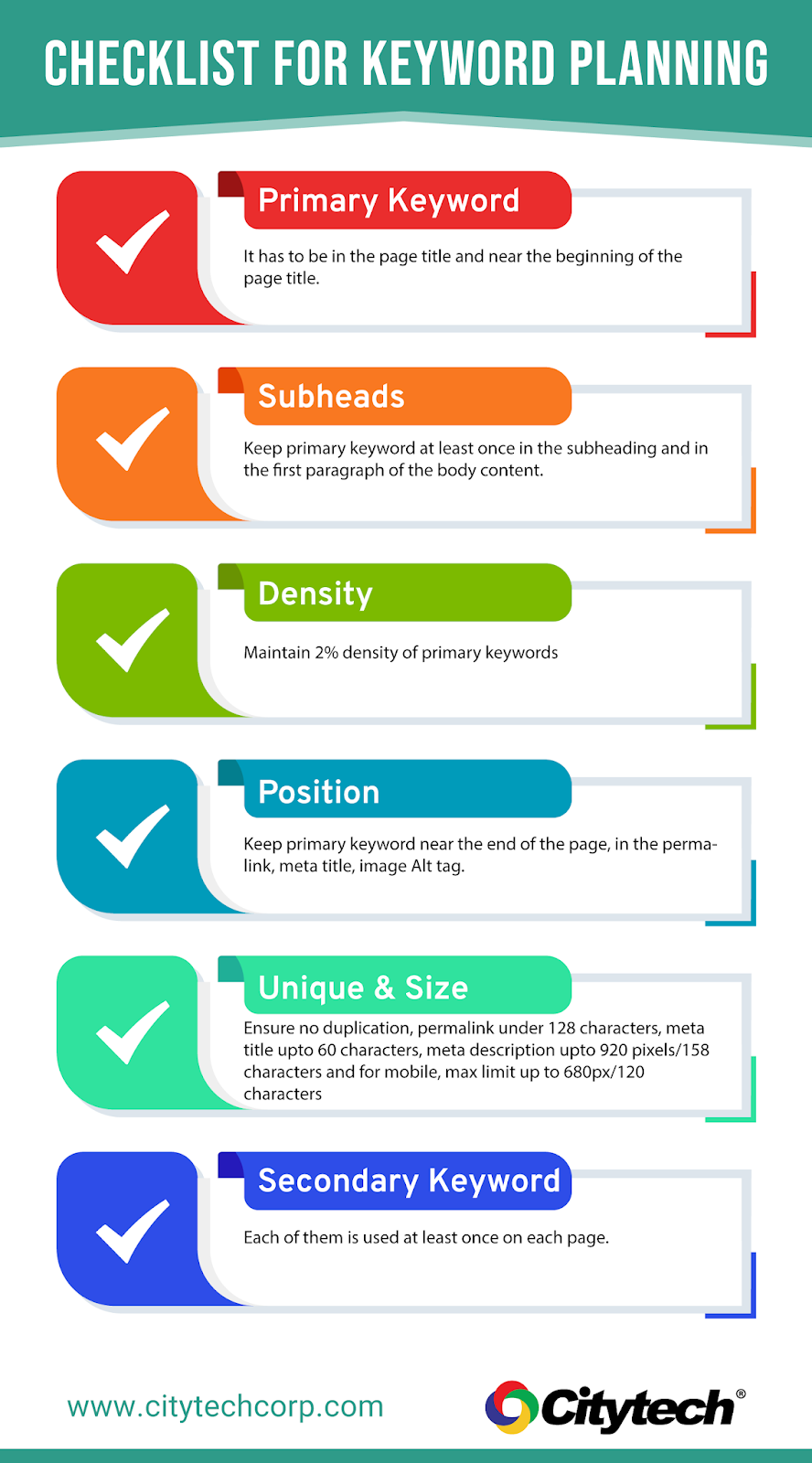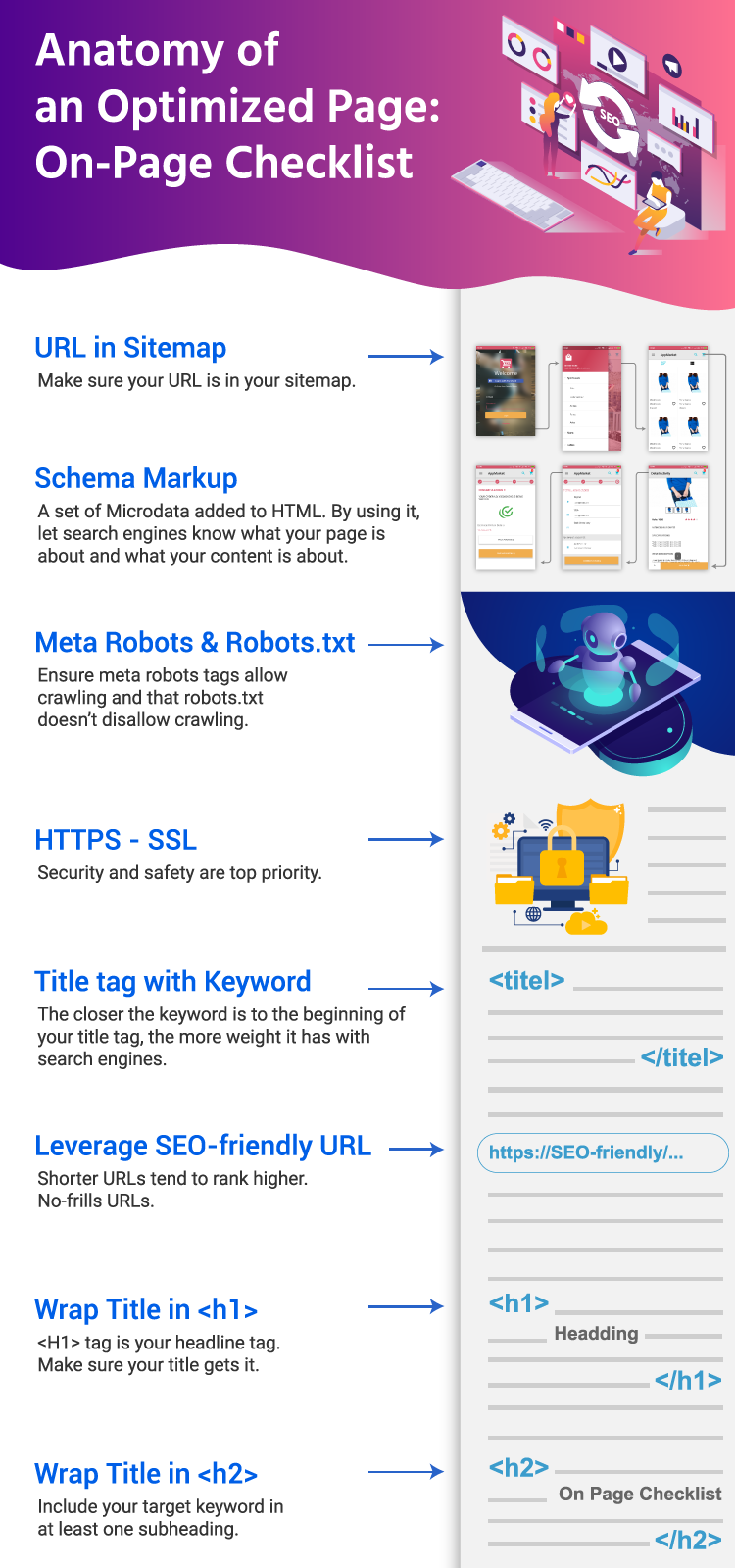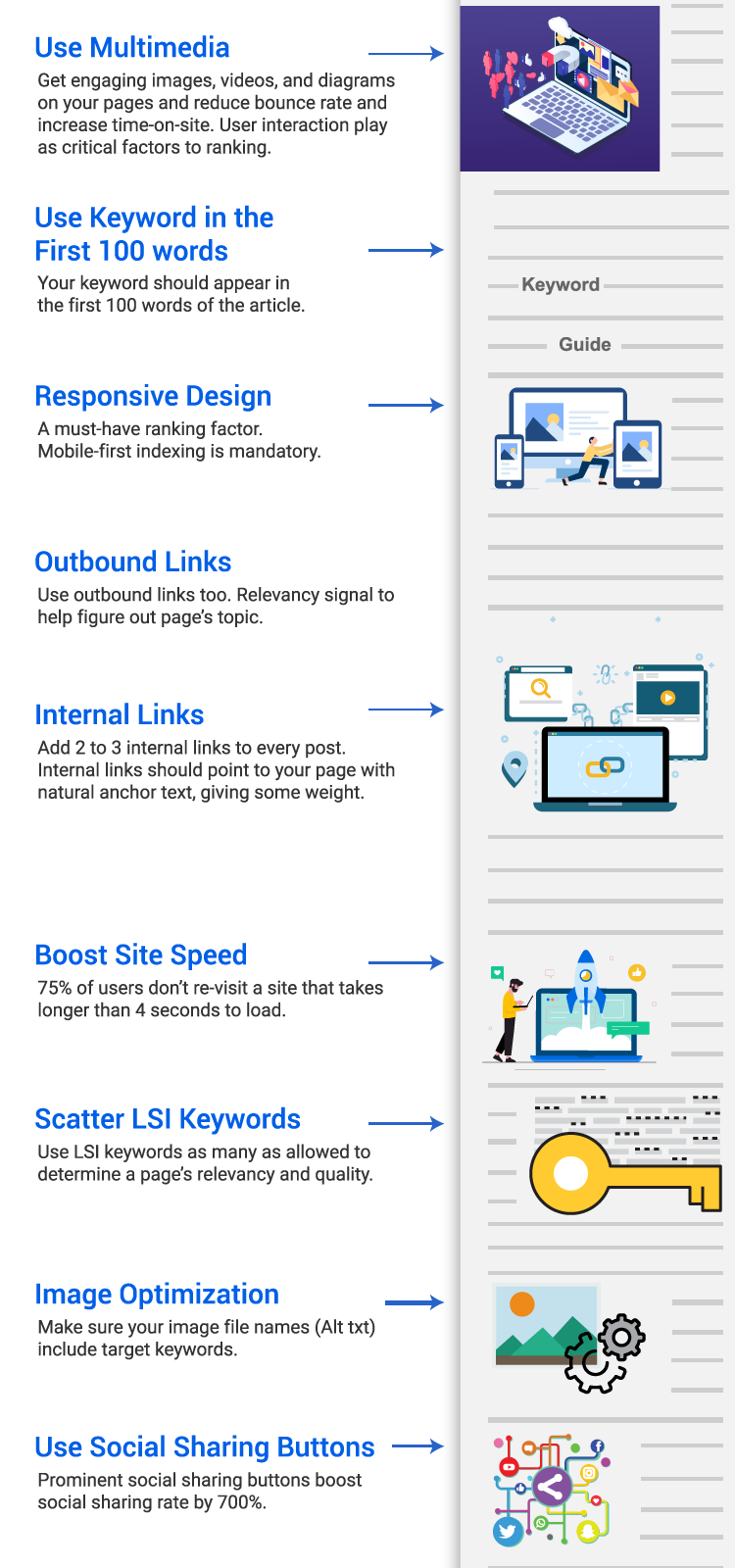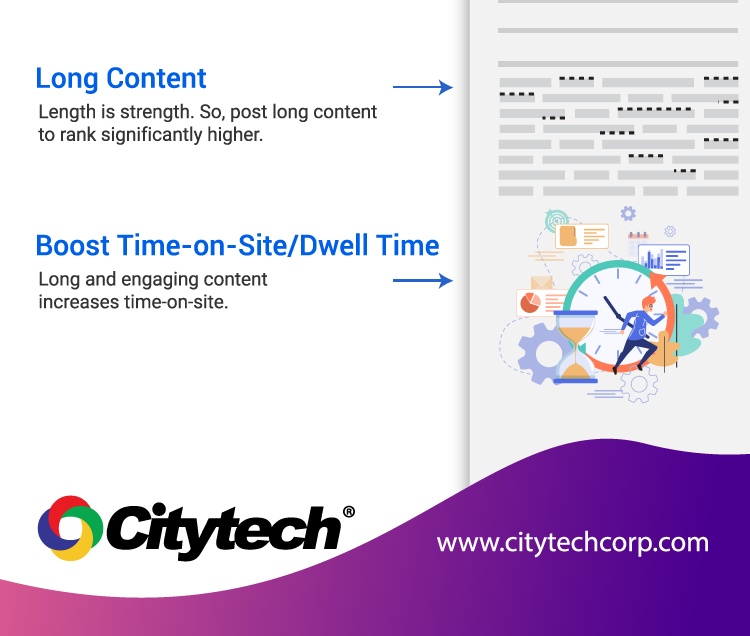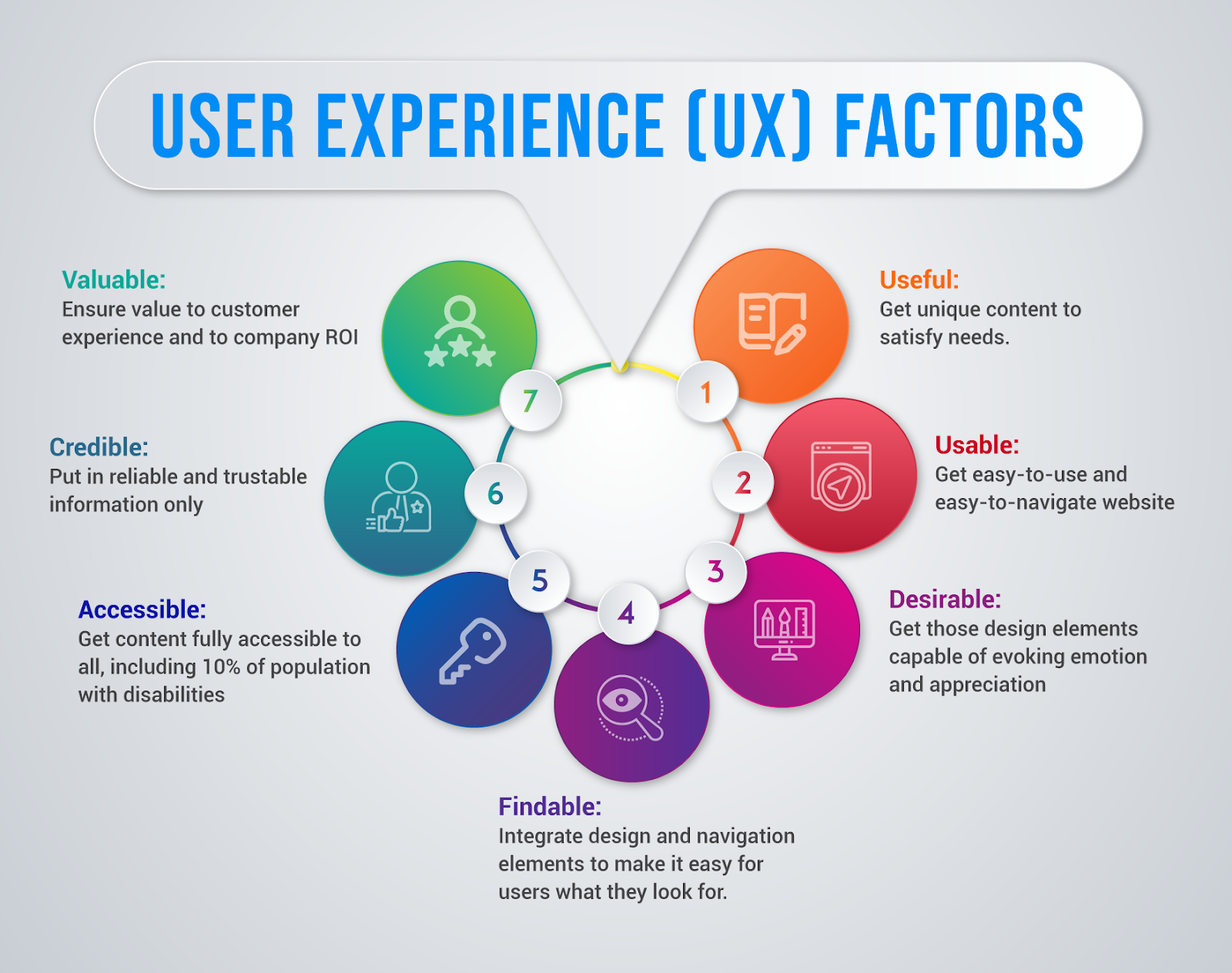Optimizing a website is essential for generating traffic to the website. Whether you are the owner of a business website, a personal blog writer, or a professional teacher who wants to show off their solutions and skills, optimizing your site to perform well in rankings, will simply be essential to your success. Check out the tips below to help you make the most out of your search engine optimization efforts.
Tip #1: Keyword optimization
As you publish a new page or a post, you should always use a keyword optimization strategy to help search engines understand what the content is about and improve the chances of page/post ranking. To help you through the process, we suggest you to identify and make a list of strong primary and secondary keywords by their relevance, competitiveness, and popularity among users.
Once you’ve done that by using keyword planner tools, create your content and optimize your post. You may look into this checklist to ensure you use the appropriate keyword optimization strategies throughout the page.
PRO TIP Keyword placement is an important matter when it comes to on-page SEO. While creating content for your website, make sure to remember that your keywords stay on title tags, subheads, opening paragraphs, URLs and images.
Quality, competitiveness, and relevance are the ruling factors in keyword selection.
Keyword optimization plays a key role in any successful digital marketing strategy. Now, it’s even more delicate than before. For instance, keyword stuffing can no longer trick the search ecosystem. In fact, it tends to work against you. The techniques that used to work and trick just a few months ago are no longer working. That said, you need to look at the techniques that may dominate the future SEO trends.
Take the example of voice search.
Google Assistant, Cortana, Siri, Alexa now dominate the consumer space given the increasing number of mobile users globally. Mobile users are gravitating towards voice search. According to Google, 20% of all searches are via voice. 31% of smartphone users worldwide use voice tech at least once a week. It is also reported that 50% of all online searches are going to be voice-based by 2020.
In view of this scenario, website owners should plan to tap the opportunity. 50% of all online search means a huge chunk of audience. If you aren’t tweaking your keyword strategy to meet their search terms (that are essentially long-tail keyword in type), you are going to miss out on a huge chunk of audience.
How to precisely pin down what long-tail phrases will be the right selection for your website?
Fortunately, there are a huge number of keyword planner tools, which you can use to generate search queries and develop a keyword strategy. In fact, there are so many keyword tools available there that it often becomes a difficult task to cut through the noise and identify the right and most effective tool.
“Today, SEO isn’t just about choosing and using a target keyphrase. It’s about the broader meaning of that phrase and the intent of the searcher.”
Popular and effective Keyword Planner tools:
- Google Keyword Planner Tool
- SEMrush
- Moz Keyword Planner
Performing keyword research and optimizing each page on your website boosts your chances of ranking higher, driving more traffic to your website and attracting more leads and customers. No matter how many times you perform keyword research, it’s your duty to ensure your keyword strategy is absolutely foolproof. Depending upon it your business will yield results.
Tip #2: On-Page SEO
SEO now and SEO then is starkly different. Remember the landscape back in the year 2000 when some gross technical formats would serve the purpose. And, compare it with today’s context. It is now far more formatted and constructive and gives more value to the content and UX like never before, rather than getting into mere technical.
The customer experience (CX) is the new beast to boost your page ranking.
So, you have to have an on-page SEO strategy that must be able to speak to that beast boldly. Do you have that kind of on-page SEO strategy? Let’s take you through a complete on-page SEO checklist 2019.
PRO TIP: Remember SERP considers your content as an answer and the most appropriate and pointed answers tend to rank higher (even in the Featured Snippet section – zero rank). Use the targeted key phrases, which needs to be chosen based on competition level.
Heads-up: Run a schema structure test by using the Google Structured Data Testing Tool to ascertain that your site is providing information that search engines need to understand your content and provide the best results possible. Add Schema markup to your HTML to improve the way your page displayed in SERPs and enhance the rich snippets that are displayed below the page title.
In order to take your website where you want it to go, you have to implement all the above techniques including several others. You may say that SEO is complicated. Yes, it is! But, when the techniques are implemented properly and you follow the latest on-page optimization recommendations, you can definitely expect to gain traction.
Tip #3: Mobile Optimization
Is your website mobile optimized? Given the shift to the mobile-first era where roughly 57% of online traffic comes from smartphones and tablets, not tapping on that appealing number of internet traffic will be like killing off potential conversion opportunities. Mobile is now an unavoidable touchpoint in sales funnel because 57% of internet traffic tends to head to your website from mobile devices!
Is this not enough reason to make you want to optimize your site for mobile devices? Google underlines crawling mobile sites over desktop sites. So, switching to mobile-optimized websites will be truly logical. However, this doesn’t mean the search engine is going to jettison desktop websites altogether. The fact is those sites are becoming decreasingly vital with the passage of time.
Let’s check which factors are important for successful mobile optimization.
- Image and video availability
- Visible text
- Loading speed
- Clickability and interactivity
- Pop-up minimization
- Compatibilities
- User intuition
PRO TIP: To avoid confusion between desktop and mobile-friendly sites, go for adoption of responsive design for your site. Or else, set up a separate site specifically for mobile.
Optimizing for mobile is all about streamlining the user experience.
Instead of overloading your site with images, count more on coding. Give your site a relief from unnecessary image loads when possible through coding the object and serve the purpose. That would help increase site speed exponentially, particularly on-site designs that use an overabundance of graphics. Improve loading speed by reducing the amount of content on your pages, shrinking your images, by using reliable caching plugins and adopting accelerated mobile page (AMP) protocols. Simply saying, guarantee a better user experience on your site and get higher conversions for sure.
Tip #4: Current Site Improvements
In a 5-second span of time after landing on a web page, a visitor tends to make up their mind whether to stay or leave the page. Are you ready to catch their attention?
Fast Fact Check:
- Remove complicated animations, long content, stocky images
- Avoid using jargon or ambiguous terminology
- Include social share and follow buttons
- Implement Call-to-Action (CTA) buttons
- Use Lean Navbar with streamlined content, navigation hierarchy, and responsive design
- Allow users scroll on your page
- Include quick hit-list elements, such as value proposition, intro video, service overview, product features, about us, testimonials, case studies/success stories, resources
- Use whitespace to break up the page and increase readability
- Responsive design/Mobile-first approach
- Develop an SEO strategy
- A/B testing
- Regular content updates with blog posting
- Create new/unique offerings
- Implement Schema (useful for business/organization, events, people, products, recipes, reviews, videos)
PRO TIP: Go for a website design that can attract customers by creating valuable content and experience customized for them. That will then generate more fans, leads and drive business growth.
Heaps of information and disinformation regarding optimization strategies are served up every day in various marketing feeds. Users need to be careful about the ones that are useful and those that are not, because any implementation mistakes might lead to loss or no-profit outputs.
Tip #5: Blog Content
Why build your real estate on someone else’s land? This is the very saying goes about writers’ block. So, what do they need to do? The answer is they need to create their own blog hub, so they can own it and earn from it as well. A double gain!
Before going into a further discussion about it, answer “Why do people use the Internet?” The answer is clearly known to all of us. People come to use the Internet to seek information with a specific problem in mind, looking to either do or fulfill a task, learning something they have a question about, or intending to go or visit a page that they are attempting to find through search.
A blog is the only way to serve up to all types of queries by Internet searchers. Don’t you want to tap that opportunity? If yes, focus on blogging, maybe in the form of text content, video blogging, and graphic representation, besides several other content formats. But ensure to practice blogging in whatever formats you are comfortable with.
PRO TIP: Post blog content as often as you want to be found out! Be consistent in publishing blog content so that your blog or website gets fresh content.
A blog is great for SEO because this helps in attracting not just general traffic, but qualified or target traffic. That traffic which is actively seeking information with a specific problem in mind is more likely to turn into leads and convert to customers.
Best Blogging Practices:
- Quality over quantity
- Maintain post regularity
- Plan for using the right and most-trafficked keywords
- Length is strength (less is more for SMO)
- Keep URLs short and sweet
- Utilize benefits of meta-tagging
- Add keywords out of your on-page SEO
- Include social sharing and follow buttons
If you are attempting to improve organic search results for your site, consistent blogging will serve up your goal. So, keep blogging as often as possible based on performance and requirement analysis reports. What you need to ensure is to post engaging, informative, and interesting content that may fulfill searchers’ search intention. Understanding user intent and blogging accordingly play a key role in boosting page rank.
Tip #6: Link Building
Sick of hearing SEO practice link building? Maybe, but “LINKS ARE STILL IMPORTANT”, affirmed John Mueller of Google, because link building is like building a relationship with like-minded people seeking help/service/business from the likes of you. Just make sure this practice doesn’t turn out to be spammy.
Search engines want you to practice link building honestly, so you don’t pollute or spam search results. Google is now even more intelligent to identify and devalue spammy links.
PRO TIP: Link building for the sake of building links does not work. Follow the best practices to naturally link with others.
Link building projects are typically like an exterior painting project.
Best Link Building Practices:
- Guest posting
- Backlink mining
- Link reclamation
- Claim unlinked mentions
Search engines want to understand the relevancy and authority of your site. The more links your site has, the more relevancy and authority. However, the scenario has changed now, because low-quality links can no longer trick the search algorithms. These algorithms are much smarter than those nuts and bolts so far you’ve been using to outsmart them. So, acquire and earn links honestly that can boost your organic search. Following Google Webmaster Link Building guidelines.
Tip #7: Google Shopping
Google Shopping campaign includes product listing ads that appear at the top center or top right of Google search result page (SERP) when someone searches for a product.
Google Shopping campaign is a key part of the eCommerce strategy. This Ads campaign works by taking the product types in your product feed and then showing them by using Google’s own keyword data. It means you are advertising on the basis of product types.
Google Shopping optimization may sound nice, but its implementation takes a pretty long span of your time. Based on your business goal, set Google Shopping Ads campaign.
PRO TIP: Before you go ahead, ask yourself if you want to get more clicks, improve your Return on Ad Spend (ROAS), or want to make all your campaigns more profitable.
Also known as Product Ads, Google Shopping campaign only amounts to 20% of retail paid search clicks. It means you have plenty of opportunities to grab.
Best Practices for Google Shopping Campaign:
- Identify Buyer Keywords
- Title Benchmarking (product title, keywords, order, key attributes)
- Image Comparison
- Product Description Hacking
- Smart Bidding (Price, Profit, Potential, Brand, and Category)
Keep in mind that Google Shopping success largely depends on how well you have put all minute details in their right order. Data, campaign structure, and bids are all those factors that can help get the store’s products in front of the right prospects, give control and deliver results. Experts say that time spent with the Google Shopping campaign is a time well-spent.
Recap:
In order to boost your search ranking, recommendations about keyword, on-page, off-page, content, and campaign made above should top on your marketing priorities. These will help the website and the store to improved and sustained ranking success. So, plan and deploy the SEO strategy accordingly, but make sure to consult SEO experts before you start.
Do you have a project to be managed for its marketing and increasing sales? Feel free to contact our marketing consultants.


